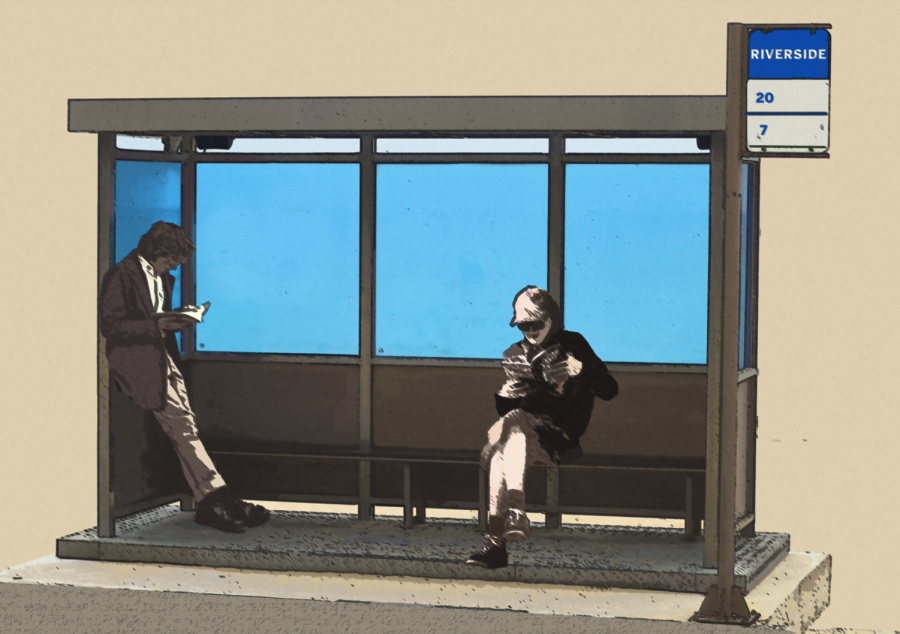Create a Space for Students in Riverside
April 4, 2021
Editor’s note: This column was submitted to the Texan by a member of the UT community.
Over a month ago, many UT students found themselves without power, food and water in the freezing temperatures of the winter storm. In response, our community organized. Google Sheets were created with information on restaurants serving free food and facilities providing warm areas for people to sleep in. Eventually, UT opened up certain buildings on campus as warm places for students to gather. Campus buildings were a refuge for many, but it made me think about the inaccessibility of UT’s resources for students living in Riverside. With icy roads, how were we supposed to travel to campus to gain access to warm buildings? When the H-E-B in Riverside didn’t initially open up, where was our next meal supposed to come from?
It’s unacceptable that UT hasn’t already built a study space for students in Riverside. Without such a space, there’s an academic burden placed on students: traveling to and from campus in Austin’s horrendous traffic. The inability to take middle-of-the-day mental breaks in the solace of your room. Weighing the benefits of staying on campus all day to participate in student organizations or going home before dark. Adjusting your routine to buses that may run late. This academic burden that is normally on students in Riverside is amplified during times of crisis. I posit that UT’s resilience preparation for the next crisis should include not just providing research and expertise to state and local governments or preparing buildings on campus, but also creating a space for students who live in Riverside.
Whenever you take a tour of UT’s campus, tour guides often point out that the William C. Powers, Jr. Student Activity Center is a manifestation of student initiative. The history of the building is detailed here on a Division of Student Affairs web page. It states that the WCP serves as a place for students to build a sense of community. Unfortunately, a similar location for the UT Riverside community to gather doesn’t exist.
There are challenges. Most notably, figuring out how to build a space for students in Riverside without a UT-owned building raising property taxes and rent for the local community. Is that even possible? I don’t know. The building doesn’t have to be as grand as the WCP. A couple computer lounges, a few group meeting spaces and roughly 10 group study rooms would suffice. One idea is to work with Austin ISD to open a facility similar to a normal public library that specifically serves UT and local public school students. Whatever this process may look like, it’s important that it centers on students living in Riverside and the larger Riverside community. Surveying all stakeholders could address questions like “How many UT students live in Riverside? Where do UT and Austin ISD’s interests overlap?”
The UT administration announced that the fall 2021 semester will be “near normal,” with students returning to campus. This also means the return of the academic burden students living in Riverside have to carry. I’ll acknowledge that UT building a space for students in Riverside would be going above and beyond, as I’m not familiar with another university that would do that for its students. But there are also few universities that have UT’s financial resources. If we truly believe our slogan — that “What Starts Here Changes The World” — then it’s fair to hold the administration to a high standard. It’s long overdue that someone (Student Government, Senate of College Councils, alumni — anyone) puts forth a comprehensive proposal creating a space for students in Riverside to gather. I hope this piece can be a call to action.
Doe is an aerospace engineering senior from Fort Worth, Texas.



